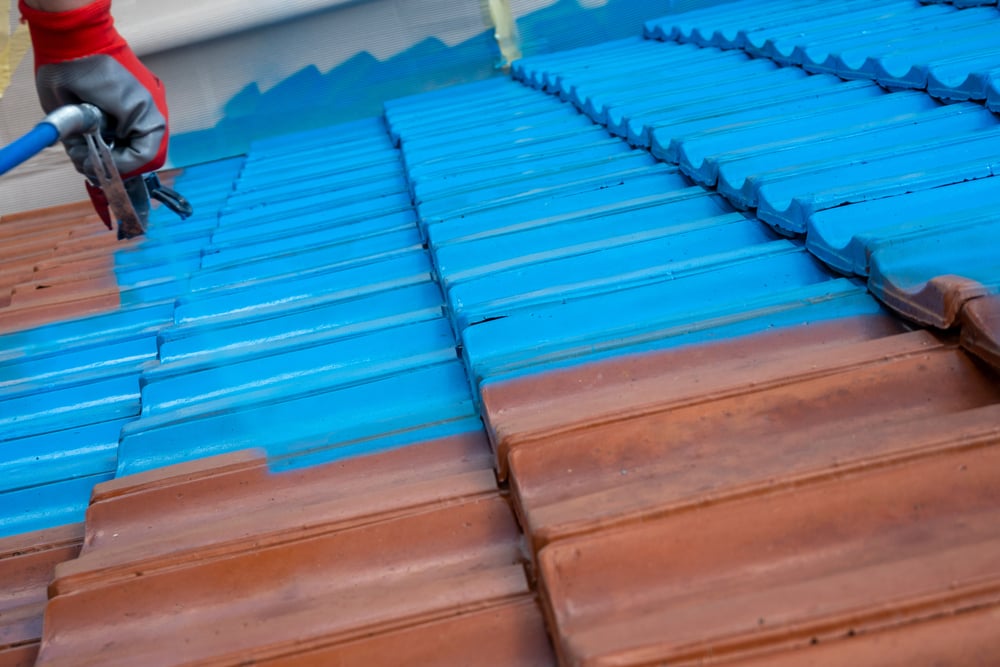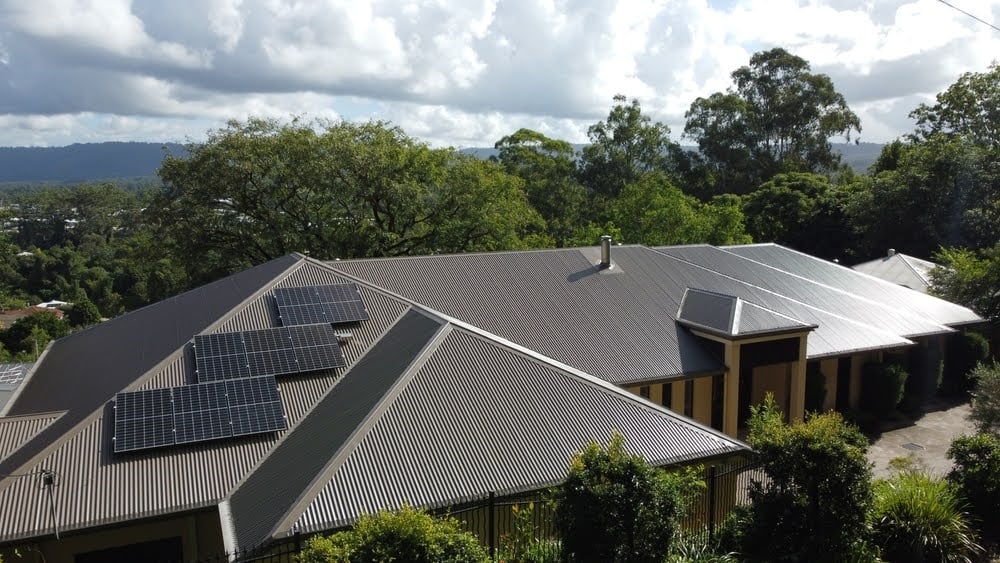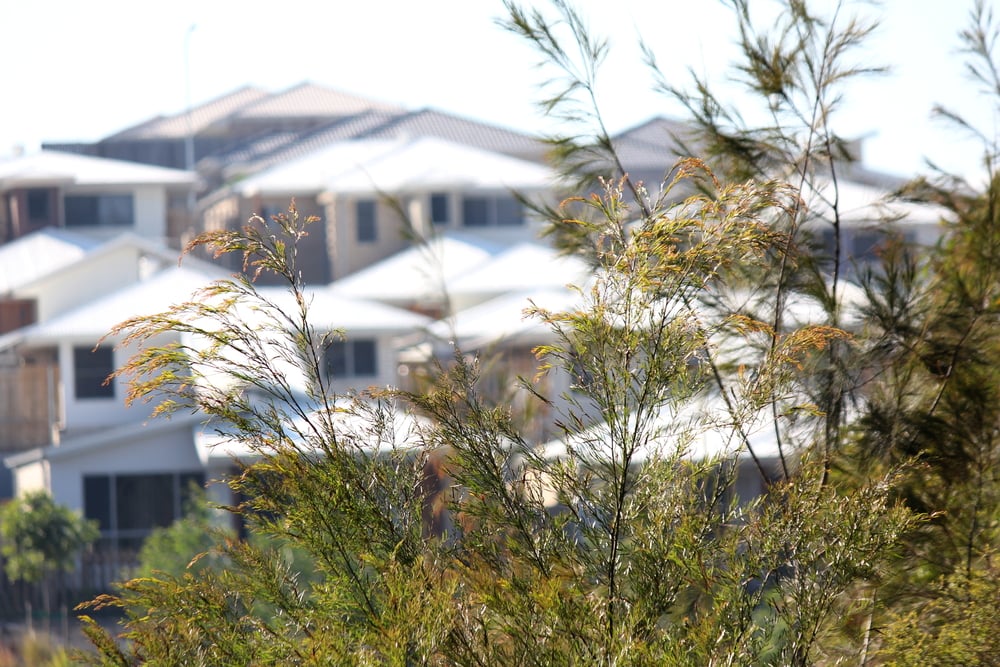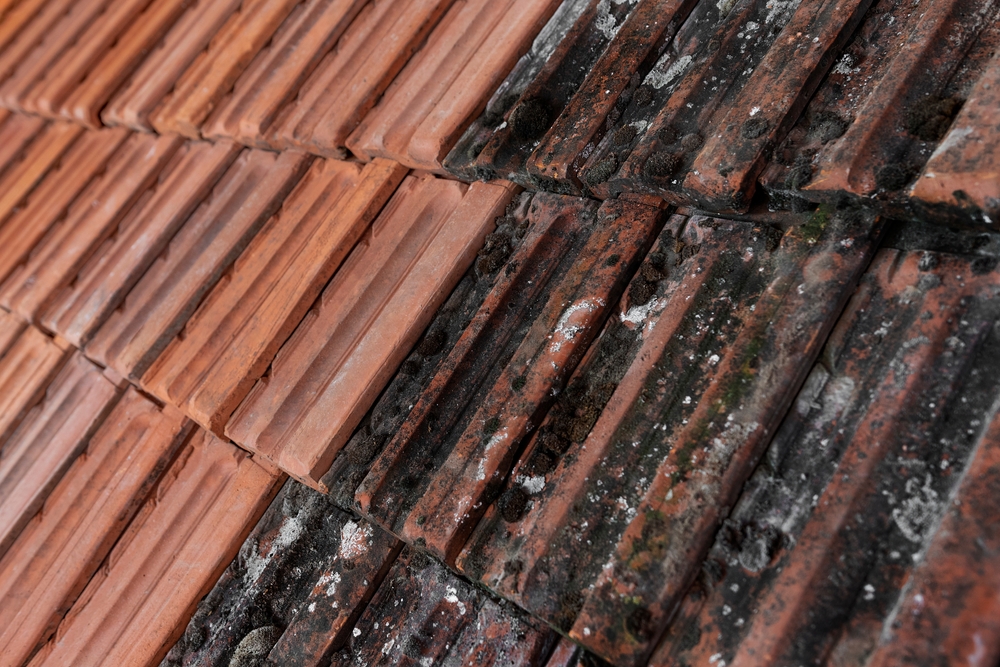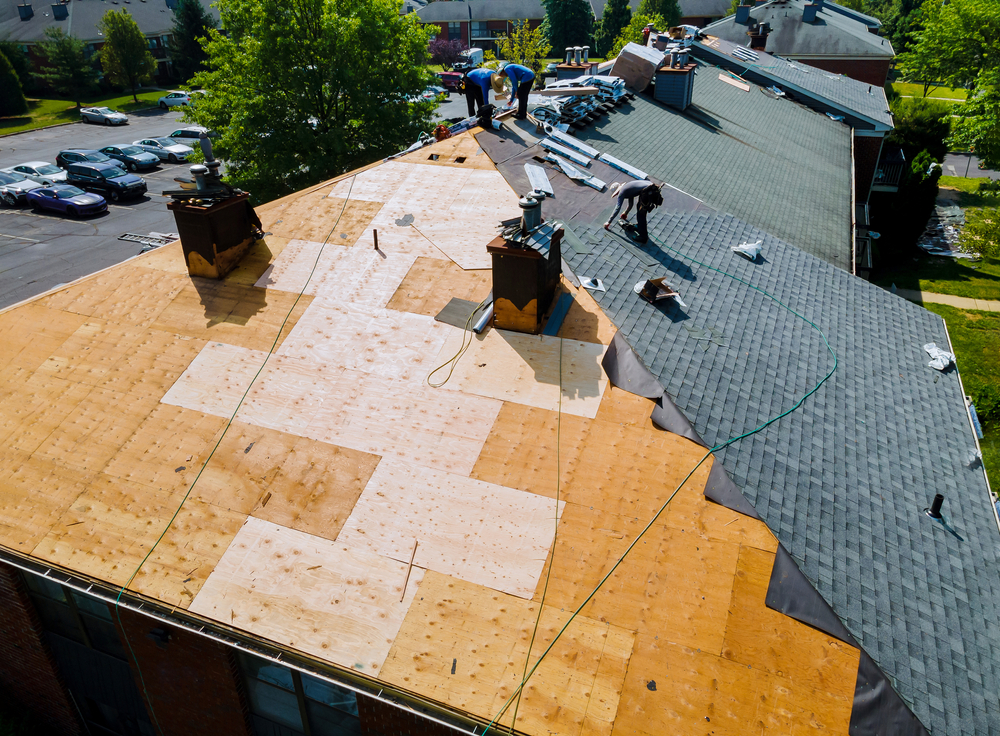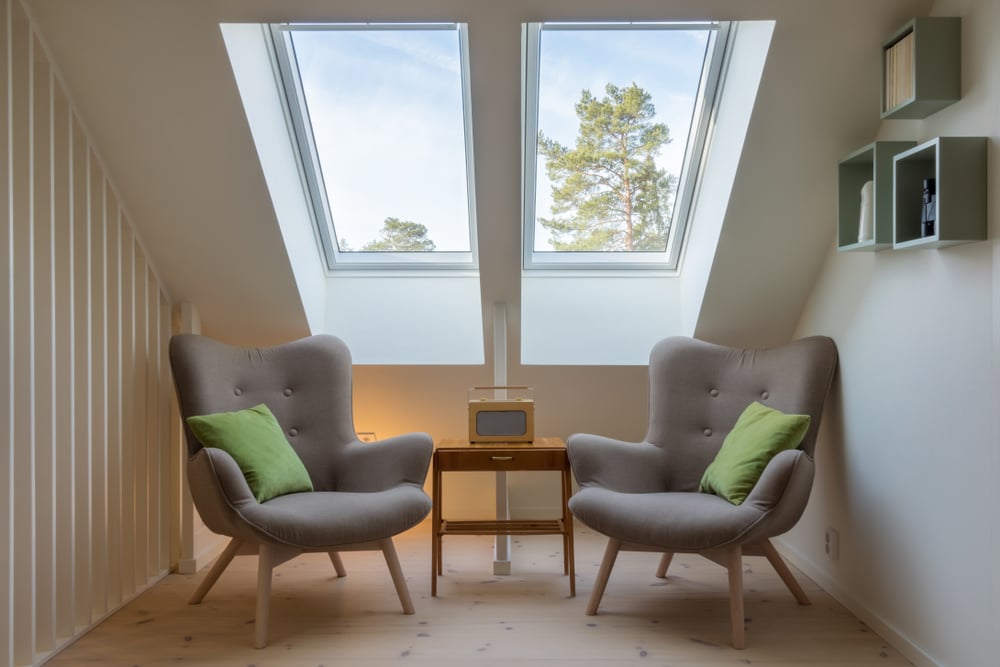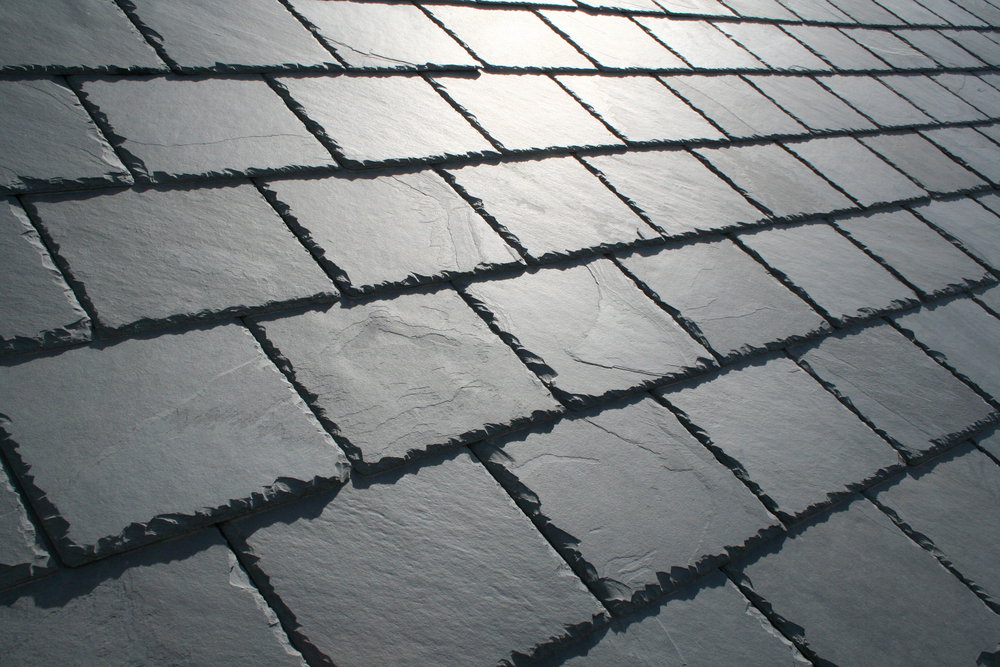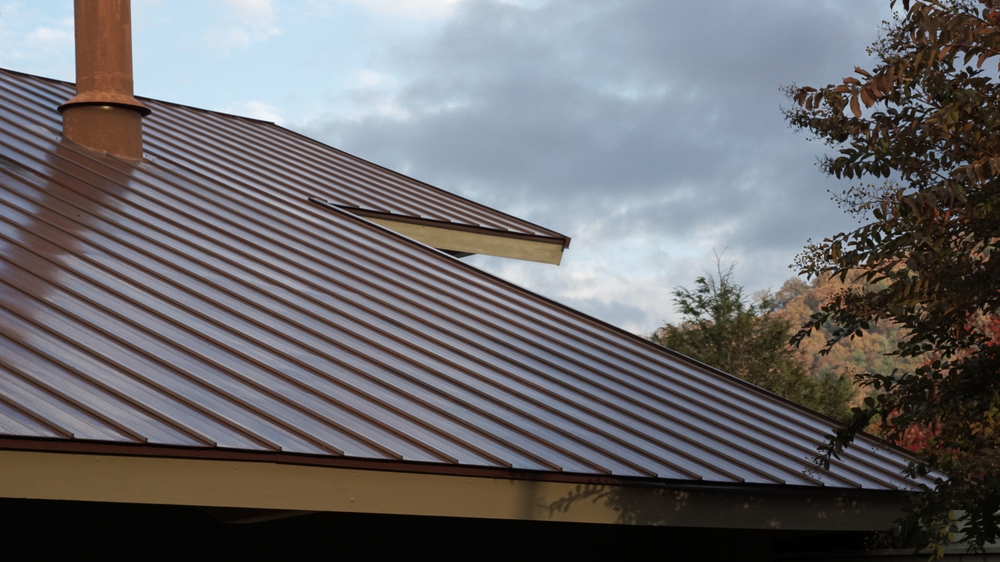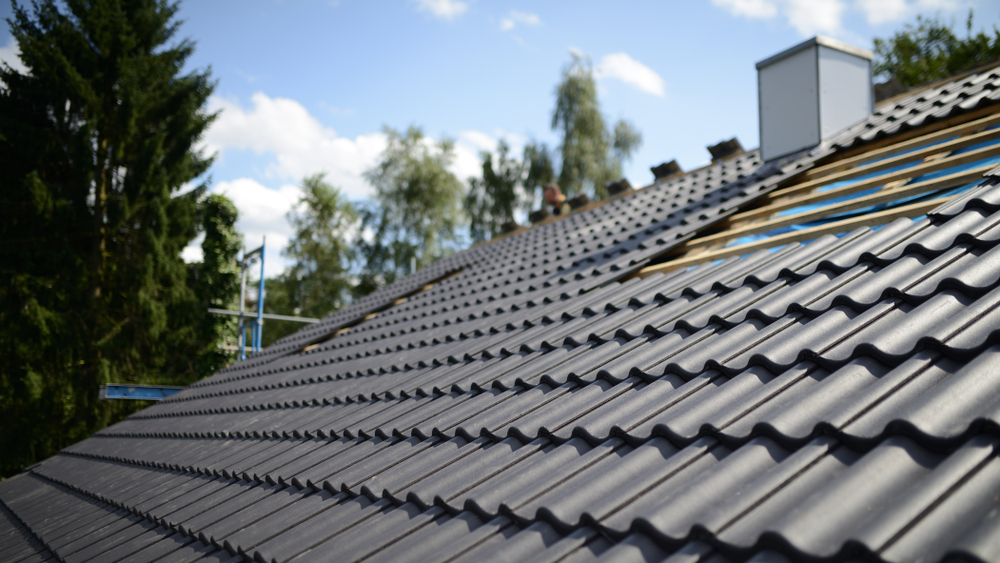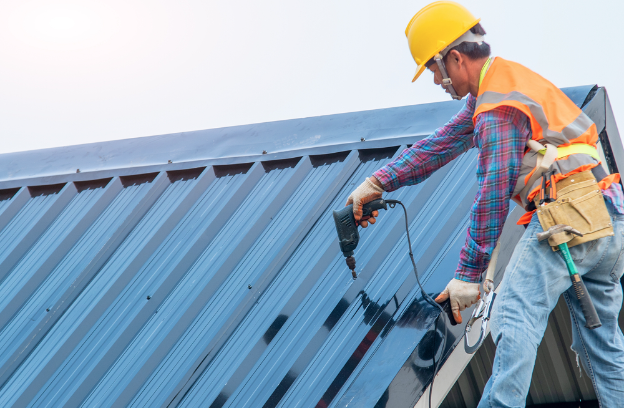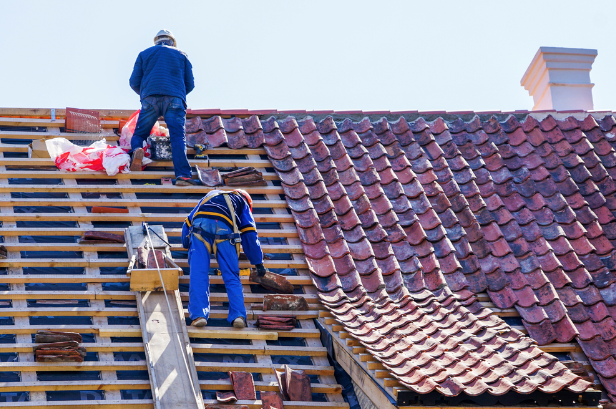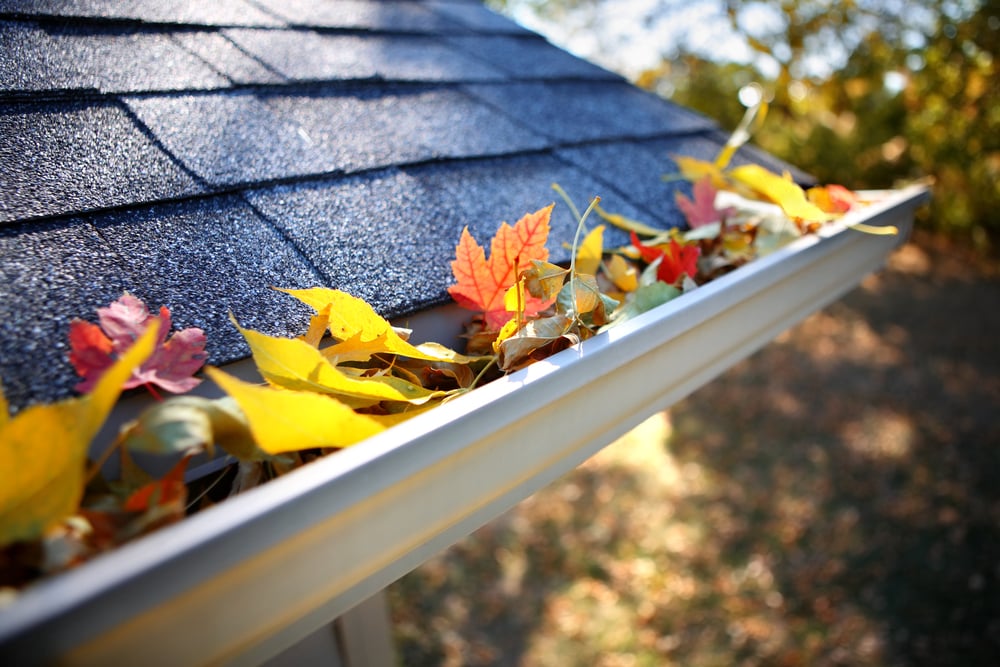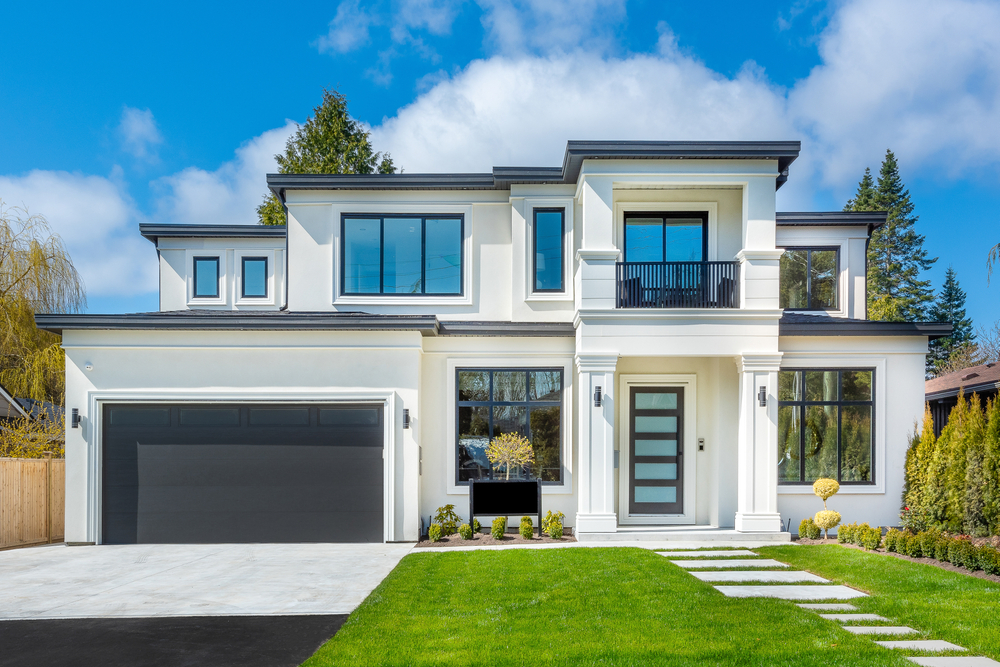
Jul
Summer's coming: how to cool your home down
With summer less than a month away, the temperature is certainly starting to rise in many parts of Australia. Keeping cool is important, not just in terms of comfort but also for the overall benefit of your health. There are plenty of things you can do around the home to make things cooler, and many of these are simple solutions.

Open and close your curtains
Curtains aren't just great for privacy, they also help block the direct heat of the sun from entering your home. It's a simple logic, but if the sun is shining into one part of your house on a hot summer's day, chances are it's going to heat up that room. Block out the intensity of the direct sunlight with your curtains, and the heat will be less intense. Curtains can help reduce the max temperature in your home by a couple of degrees, which certainly isn't a negligible amount.
Another benefit is that if you keep your curtains closed in accordance to where the sun is shining, it will also slow down how quickly that max temperature is reached. Once the sun is set, feel free to open the curtains so that fresh air has an easier time getting in. If you live in a part of Australia with high humidity, the effectiveness of this approach isn't 100% guaranteed, but it's certainly worth trying to block out the sun when it's at its most intense.
Close your windows (not an option for all climates)
We certainly do not suggest this if you live in a humid part of Australia (unless it'll be followed by turning on the air conditioner), but for some areas in Australia closing your windows can be a viable option. This is essentially a case of closing your windows to reduce how intense the sun is as it hits your home. So if it's a hot day but the humidity is low, try it out. If you feel no improvement or it appears to get hotter, open them back up.
Shade
It may sound like a given, but many of forget to utilise shade to keep our homes cooler during the hot summer months. Whether this is done by investing in awnings or growing plants and trees to block the most sun-exposed parts of your home during the summer, shade will, at the very least, reduce the intensity of the heat. Often having just a little reprieve from direct sunlight can make all the difference.
If you’re concerned about trees and plants continuing to cause shade during the winter when you want more sun to reach your home, consider deciduous trees/plants. They will often lose their leaves during the cooler months and stay lush and full during spring and summer.
Change your light bulbs
If you still use incandescent light bulbs, the drawbacks don't only pertain to them being less energy efficient - they also tend to create as much heat as they do light. It's at night where you have the chance to really cool your home down, but the use of incandescent light bulbs can impair this progress. If you don't have the money to purchase more energy efficient replacements (which, in turn, generate less heat), then look at how you can reduce your use of these lights. Whether it's turning certain lights off or just ensuring they're not on for as long as usual, these small efforts can help take the edge off a hot summer's night.
Have your roof insulated
Having your roof insulated by a professional is another great way to reduce the amount of heat in your home during summer. However, insulation isn’t just for summer - it’s designed to make your home more comfortable throughout each season, with the ultimate result being warmer winters and cooler summers.
There are a few different forms of roof insulation, all of which are safe when properly installed. In case you’re curious of just how much insulation can reduce the amount of heat gained during the summer, it can reduce it by up to 60%.










